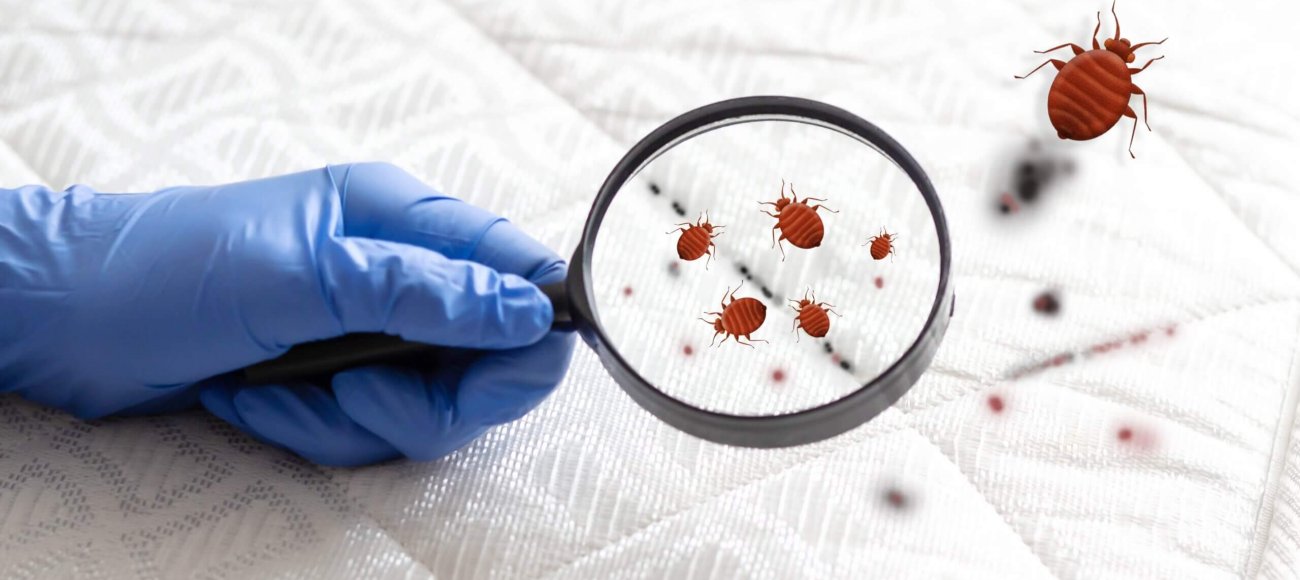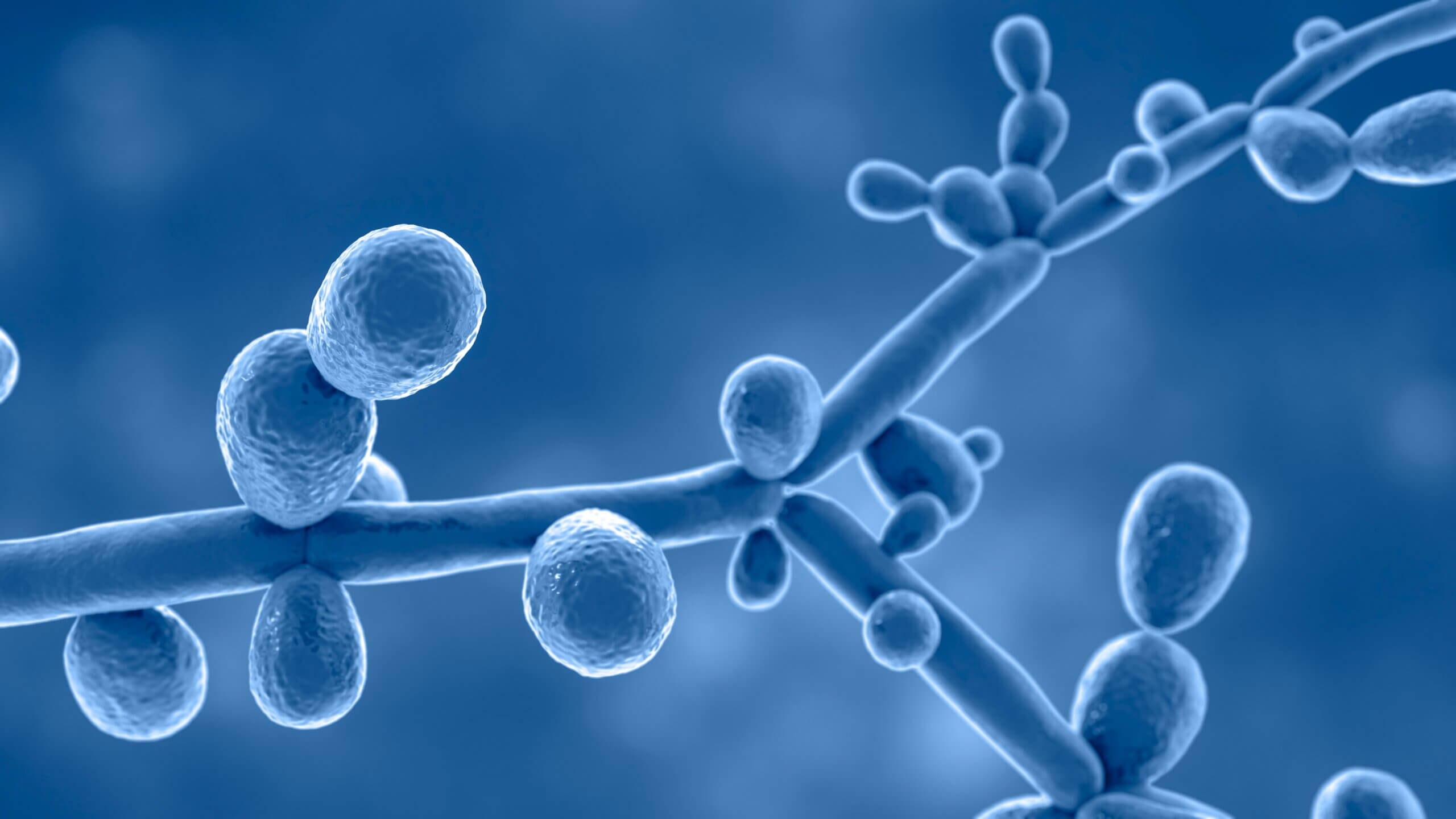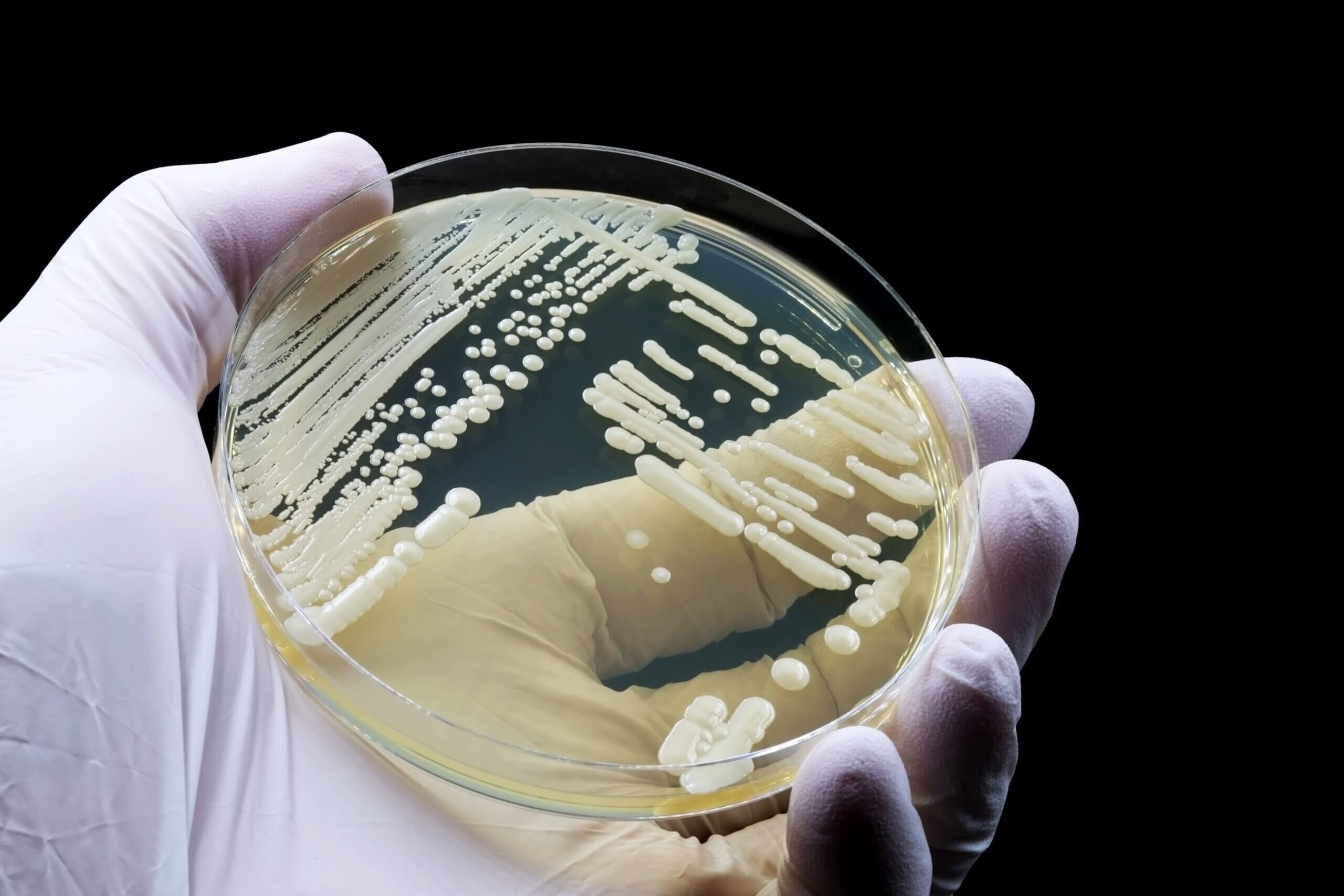Biocide testing techniques have advanced dramatically in the effort to address the enduring issue of bed bug infestations. This article examines the most current developments in biocide testing methods for controlling bed bugs, highlighting innovative approaches that have significantly changed management strategies. Anyone working in pest control or living in an area where bed bugs are common has to be aware of these changes.
Bed bugs and the need for effective control
The bed bug resurgence
Bed bugs have made a resurgence in metropolitan areas throughout the world in recent decades. The capacity to thrive in a variety of environments and their predilection for human blood have made these tiny, secretive parasites well-known. Many people blame the rebound on rising travel, a decrease in the use of certain insecticides, and the bugs’ developing resistance to conventional chemical treatments.
Challenges in bed bug management
Bed bugs are very resistant to many traditional insecticides, which makes eradicating them one of the most difficult issues. This resistance has prompted researchers and pest management experts to look for more effective and long-term pest control solutions. Furthermore, bed bugs’ propensity to hide in hard-to-reach areas makes identification and total eradication extremely difficult.
Recent advances in biocide testing for bed bug control
Molecular approaches
Resistance gene identification
Molecular biology developments have made it possible to identify resistance genes in bed bug populations. Targeted biocides can be developed more easily because of methods like DNA sequencing and PCR (polymerase chain reaction), which enable researchers to identify genetic markers linked to resistance.
Transcriptomic and proteomic analysis
Comprehensive insights into the molecular processes underpinning resistance and susceptibility are provided by transcriptomic and proteomic investigations. Scientists can evaluate the effectiveness of current therapies and find possible targets for novel biocides by analyzing alterations in protein patterns and gene expression.
Biopesticides and natural products
The move toward environmentally friendly pest control has raised interest in biopesticides made from natural sources. Compared to synthetic pesticides, these products—which frequently incorporate plant extracts and microbiological agents—present a lower chance of resistance development. Essential oils and fungal-based biopesticides have been the subject of recent research, and the findings have been encouraging in terms of both eliminating bed bugs and preventing their procreation.
Heat treatment and integrated approaches
Heat treatment has become a key component of integrated pest management (IPM) techniques for bed bugs, while not being a chemical biocide approach. This technique entails heating an affected area to temperatures that are fatal to bed bugs. Heat can increase the effectiveness of biocides when paired with chemical treatments, especially in situations when chemical resistance is strong.
Innovations in application techniques
Encapsulation technology
One innovative method that has increased the effectiveness and safety of bed bug biocides is the encapsulation of insecticides. By encasing the active ingredient in a polymer capsule, this method decreases human exposure while extending the pesticide’s release. Since they maintain extended contact with the insect, encapsulated biocides are very efficient in controlling bed bugs, resulting in higher death rates.
Precision delivery systems
Advancements in application technology have enabled the development of precise delivery systems that ensure biocides reach the distant regions where bed bugs reside. These approaches increase biocide efficacy while reducing waste by entering cracks and crevices using advanced applicators and formulation technology.
The role of regulatory standards and testing
The importance of regulatory compliance
The development of new biocide formulations and technologies has increased the need for regulatory requirements. These regulations ensure that the products tested are effective and safe. Biocidal products are approved for use only if they meet and strictly follow international regulatory requirements. These laws also help maintain high standards of pest management protocols by ensuring that the new innovations are both safe for human use and effective against bed bugs.
The role of professional testing laboratories
Expert testing facilities are essential to the development of bed bug prevention strategies. Before being put on the market, these facilities put novel biocides through extensive testing in carefully monitored environments to ensure their efficacy and safety. In addition to obtaining regulatory permission, this testing is essential to earning the public’s and pest control experts’ trust.
At Microbe Investigations Switzerland, we are at the forefront of biocide testing methods for effective bed bug control. Our advanced testing techniques provide accurate and reliable assessments of your biocidal products, ensuring they meet the latest regulatory standards and deliver optimal performance. Trust MIS to help you stay ahead in the fight against bed bugs with our cutting-edge testing services.
To learn more about our advanced biocide testing methods or to schedule a consultation, please contact our experts today.














